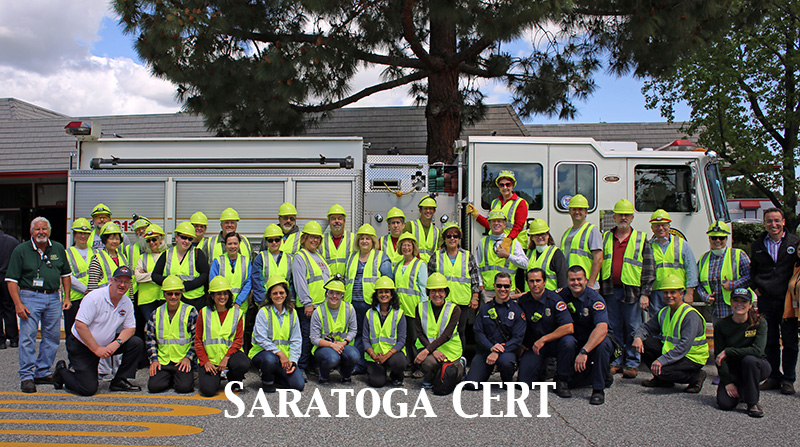Whenever we might be called upon to provide triage in an environment, what do we need to do first? Get a plan of action. Is the environment safe to enter? Do we have the necessary personal protective equipment? Who is going in? Will the search be clock-wise or counter-clockwise?
After we have a sufficient plan, we need to quickly evaluate any victim’s injuries and provide the best judgement of severity of injury. During the evaluation phase of each survivor, we follow the RPM acronym. This is in both our training manual as well as the Field Operations Guide (FOG). It is a good idea to re-familiarize ourselves with this acronym.
R – Respirations
P – Profusion
M – Mental state
Remember, also the triage categories:
Red – Immediate
Yellow – Delayed
Green – Minor (walking wounded)
Black – Deceased
Now, getting back to the RPM triage evaluation, we start with a callout to see if any can walk to the sound of your voice. You might actually get a few survivors to come to you and be considered ‘walking wounded’ and marked as Minor.
Then, you systematically go through the RPM on each person we encounter. Any failure of a step results in them being identified as ‘Immediate’.
Respirations
Are they breathing?
Yes, over 30/min? — Immediate
No, reposition and recheck.
Now breathing? — Immediate
No — Deceased
Profusion
Blanch test or radial pulse
Capillary refill in less than 2 seconds?
No — Immediate
Mental State
Can follow simple commands?
No — Immediate
Yes — Delayed
You see that we can quickly determine if a survivor is in need of immediate attention, or can be delayed. We should be able to determine this in around 30 seconds to one minute each.
When performing this RPM triage evaluation of a survivor, speak calmly. Don’t promise anything like ‘You’re going to be alright’. Try to calm them down. Just by talking to them, you will be getting a good judgement of their mental state. Also, it’s a good idea to identify yourself and that you need to check on their condition. Ask for permission if you can. Convey to them that you need to check on the other survivors and we will be back shortly to assist in getting everyone out.
Some of the other tasks we can perform while doing this quick triage of survivors is to control any excessive bleeding. For that reason, it is a good idea to keep a quantity of gauze pads in your vest when performing the triage.
Finally, ensure that you always stay in pairs of rescuers and one is evaluating the survivor and the other is scribing some notes.
Questions to consider:
- If you have what looks like 10 or 12 survivors and one is not breathing/no pulse, do you start CPR?
- Once you have covered the perimeter of the room, have you looked in the center of the room, alcoves, closets, under beds, and other ‘safe’ places where children might be?
- Do you triage all, then start transfer? Or triage and then transport the first immediate you encounter?
